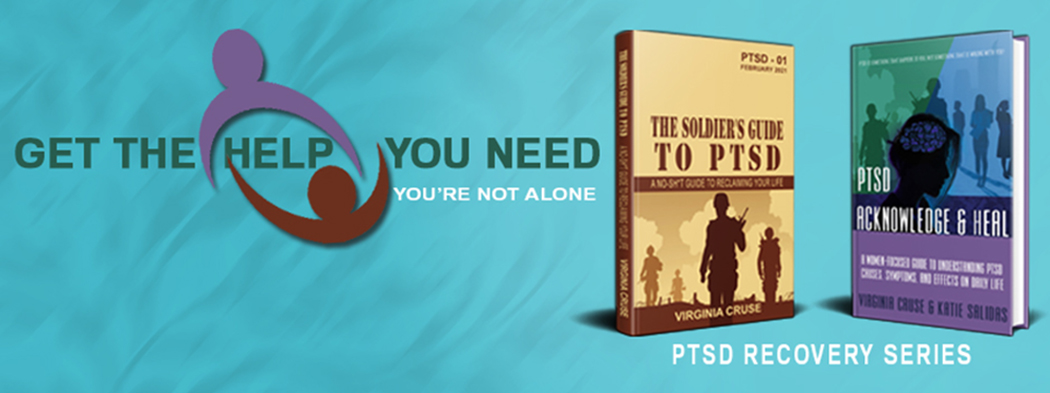Cyberbullying, which is a modern form of social bullying, has introduced another level of unique concerns which have significant impacts on children:
· The current social media environment increases the spread of hurtful information or harassment beyond the local community setting.
· Digital devices offer an ability to immediately and continuously communicate making it difficult for children to find relief from online harassment.
· Most information communicated electronically is permanent and public, if not reported and removed.
· A negative online reputation can impact college admissions, employment, and other areas of life.
· Teachers and parents may not overhear or see cyberbullying taking place, making it harder to recognize unless reported.
Research shows that females use more relational aggression, while males engage in physical bullying.
Gender stereotypes play a role in bullying because they directly influence the socialization of young children into gender roles. Males are socialized to be strong and independent, while females are socialized to be understanding and sensitive. We’re not saying that females won’t be physically aggressive or boys won’t exclude others, but the statistics seem to follow the gender trends.
The 2019 School Crime Supplement (SBS) to the National Crime Victimization Survey (National Center for Education Statistics and Bureau of Justice) shows that, nationwide, about 22% of students ages 12–18 experienced bullying.
The 2019 Youth Risk Behavior SurveillanceSystem (YRBS) shows that, nationwide, 19.5% of students in grades 9–12 report being bullied on school property in the 12 months preceding the survey.
Females tend to bully other people indirectly or by using social or relational aggression. This type of bullying includes verbal assaults, ostracizing, spreading rumors, and gossiping. One of the biggest problems with this type of bullying is the ability to disguise their actions through passive-aggressive behavior, which makes this type of bullying more difficult to spot.
In general, girls do not bully on their own, they tend to belong to a group, where everyone follows shares in the behavior. Remember Mean Girls, the 2004 American teen comedy film directed by Mark Waters and written by Tina Fey? That’s exactly the type of clique-style bullying we’re talking about here.
Because of the socially geared nature of the female gender, or those identifying as female, many young girls engage in bullying because of peer pressure and the desire to be part of the popular group. Girls may also engage in relational aggression as a result of jealousy, low self-esteem, boredom, or learned behavior from others.
Females also experience sexual bullying more than males. This includes spreading rumors of sexual activity and direct sexual harassment.
Sexting—sending or receiving sexually explicit
messages or images between electronic devices—is becoming increasingly common.
Research shows that among kids between the ages of 11 and 17, 15% of them sent
sexts and 27% received sexts; the prevalence of the behavior increases as
adolescents age.
When sexts are sent without consent, such as
when private nude photos or videos of an individual are widely shared among a
peer group, it can lead to sexual bullying and even sexual assault.
The impact of being exposed to this cyberbullying comes with potential long-lasting consequences. Those who have been on the receiving end of bullying often develop hyperarousal symptoms, feeling like they could be attacked or criticized at any time. Even if the abuse stops, they may live in anticipation and fear, waiting for the next incident to occur. This combination of restless feelings may lead to performance decline, isolation behaviors, and low self-esteem.
Have you or a loved one experienced cyberbullying? We value your feedback and ideas! Reach out on our Community Facebook Page!
*****
“If you believe change is possible, you want to change, and you are willing to do the work, you absolutely CAN get your life back.”
Get your copy of The Soldier's Guide to PTSD, The Soldier's Workbook,
or Acknowledge & Heal, A Women's-Focused Guide to PTSD



No comments:
Post a Comment